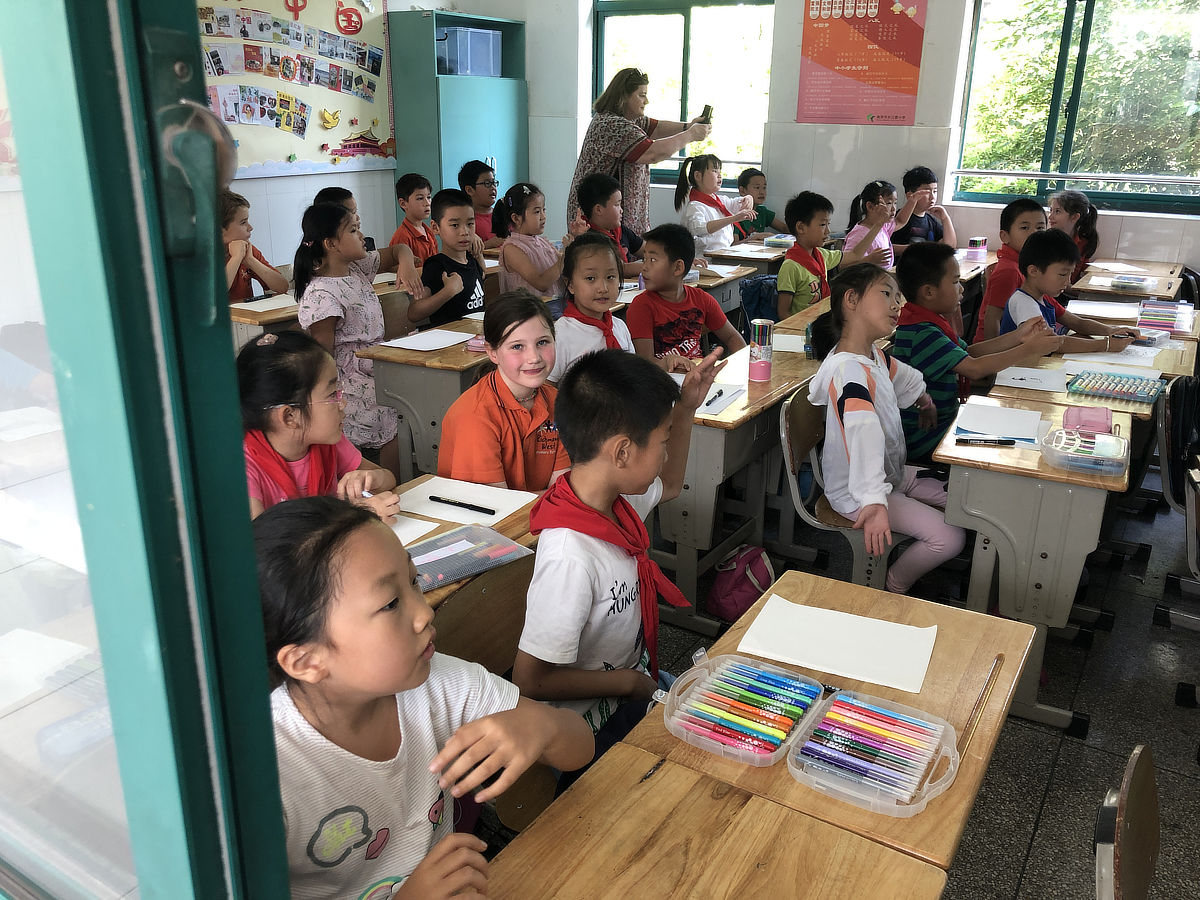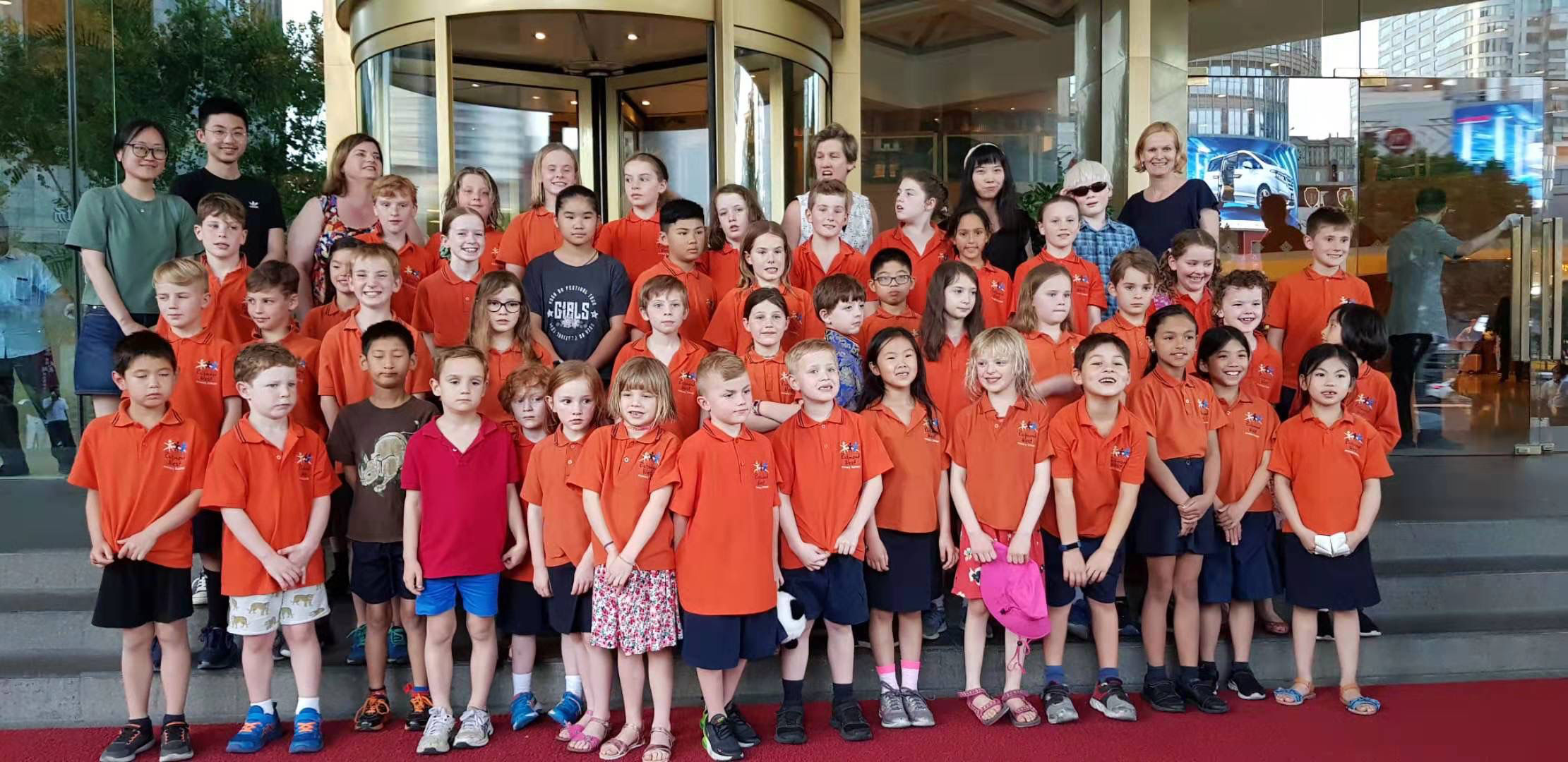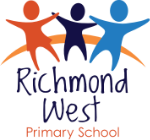Chinese Bilingual
Why Choose Bilingual?
The Chinese Bilingual Program at Richmond West Primary School has been running for more than 30 years and continues to evolve to meet the specific needs of young Australian learners. The growing global trend of Chinese bilingual education is supported by a variety of benefits for students, communities, and society. Here are some of the key benefits:
Improved cognitive function
Bilingualism enhances brain development by strengthening cognitive processes such as problem-solving, memory retention, and attention control. Students who learn in two languages often show greater mental flexibility and creativity, as well as a reduced risk of cognitive decline later in life.
Improved academic performance
Bilingual students are known to develop strong literacy and analytical skills, which support achievement across multiple subject areas. Research has shown that students in bilingual programs tend to perform better in areas like reading, writing, and mathematics due to their increased language awareness.
Enhanced learning stamina and perseverance
Learning through two languages requires focus, adaptability, and effort, helping students build stamina and persistence in their studies. Over time, bilingual learners become more independent and disciplined, developing habits that support long-term academic success.
Increased opportunities
Mandarin Chinese is the most widely spoken language in the world, with over one billion speakers. Learning Chinese provides students with access to a broad range of future opportunities in global education, career paths, international relations, and cultural exchange.
Cultural awareness and appreciation
Bilingual education allows students to engage with two cultures, promoting open-mindedness, empathy, and respect for diversity. Exposure to Chinese culture, traditions, and worldviews encourages deeper intercultural understanding and a broader global outlook.
Improved social-emotional development
Navigating two languages helps students build confidence, resilience, and a strong sense of identity. Bilingual learners often display enhanced emotional awareness and are better equipped to connect with others across different cultural and linguistic backgrounds.
The RWPS Chinese Curriculum
At Richmond West Primary School, we follow the Victorian Curriculum. However, due to the limited availability of bilingual curricula in Australia and the unique nature of the Chinese language, we have developed our own Chinese Language Curriculum and Learning Continuum.
Over the past 50 years, generations of dedicated Chinese bilingual teachers at RWPS have built and refined our Chinese Bilingual Program, bringing a wealth of knowledge and experience to its development. To support our students’ Chinese language learning and overall literacy growth, we have created a comprehensive suite of resources, including the RWPS Chinese Inquiry Learning Scope and Sequence, Chinese Character Study Curriculum, RWPS Chinese Speaking and Listening Handbook, and RWPS Chinese Character Teaching Handbook. Together, these documents cover the four key components of language acquisition: speaking, listening, reading, and writing.
Most proudly, we have developed one of the strongest bilingual language programs in Australia. One of our greatest achievements is the creation and continual expansion of our own leveled Chinese readers. These books are carefully crafted to meet the needs of our students while sparking their interest and nurturing a lifelong love of reading.
Our curriculum is thoughtfully designed to meet the specific needs of young Australian learners. It not only equips them with the skills to understand, speak, read, and write in Chinese, but also empowers them to continue learning the language with confidence well into the future.
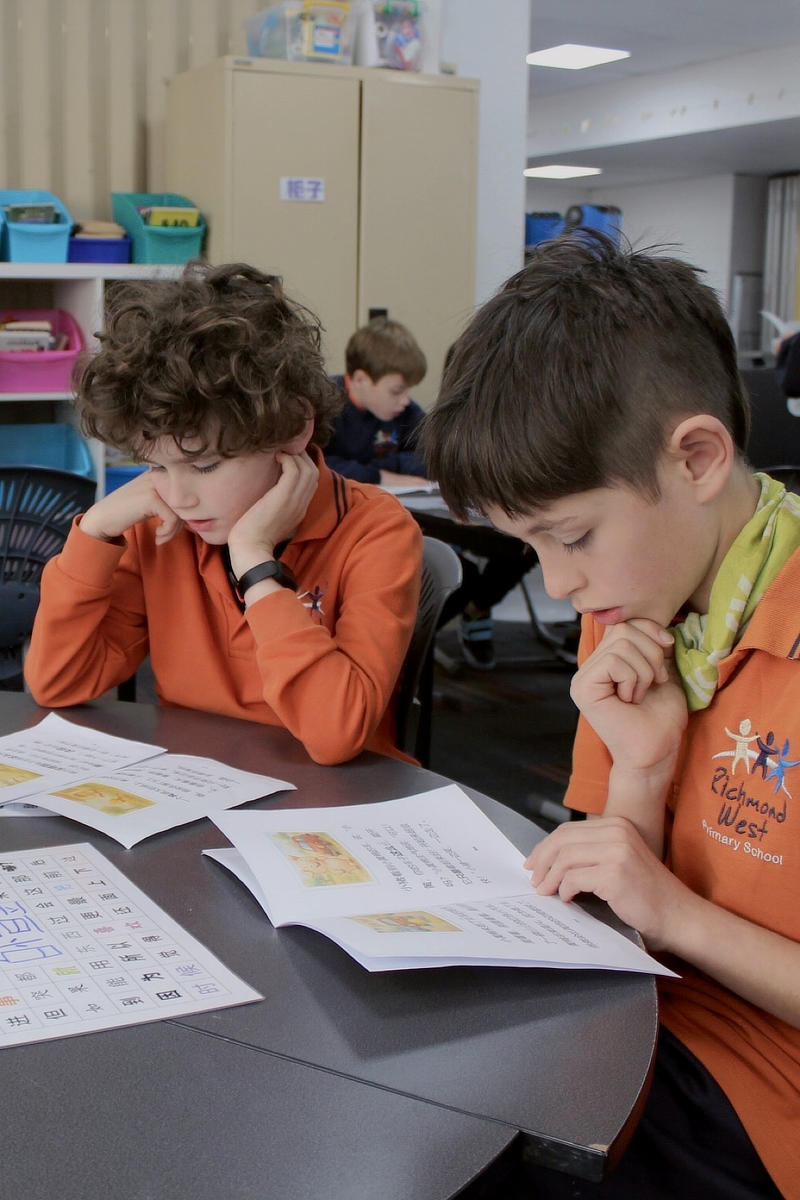
The RWPS Bilingual Model
At Richmond West Primary School, we use the Block Model as the instructional approach for our Chinese bilingual program. This means that students’ school week is divided into two parts: one part is spent learning the Victorian Curriculum in English, and the other part is spent learning in Chinese. This approach enables students to develop their Chinese proficiency while continuing to learn academic content.
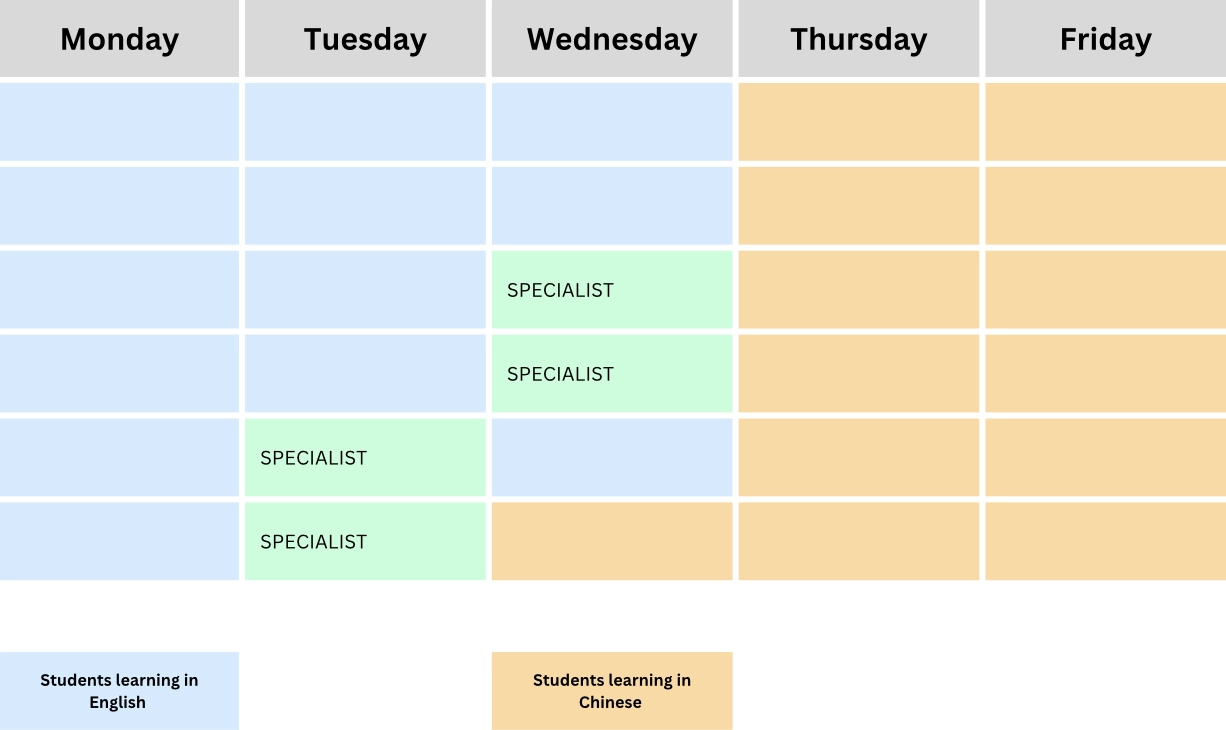
Benefits of the Block Model
1.Greater Language Immersion
In the block model, students spend extended periods of time immersed in one language, allowing for deeper engagement and stronger language acquisition. This concentrated exposure mimics natural language learning environments, supports fluency development and enables teachers to utilise more incidental teaching opportunities.
2. Reduced Cognitive Load
Switching between languages multiple times a day can be mentally taxing for young learners. The block model reduces this load by keeping language consistent for longer periods, allowing students to focus more on content rather than constant code-switching.
3. Better Content Retention
Because students remain in the same language for longer blocks, they can dive more deeply into subjects without interruption. This supports better understanding and retention of both language and subject content.
4. Improved Teaching Flow
Teachers can plan and deliver lessons more coherently, building on ideas throughout the block without needing to simplify or translate content for a mixed-language schedule. This allows for richer discussions and more effective scaffolding.
5. More Efficient Classroom Routines
With fewer transitions between languages in a day, routines become smoother and classroom management more efficient. This creates a calmer learning environment and maximizes instructional time.
6. Flexibility for Thematic Units or Projects
Longer language blocks support project-based and inquiry learning. Teachers can develop thematic units entirely in one language, integrating multiple subjects and encouraging deeper exploration without language-switching disruptions.
What is taught in Chinese at RWPS?
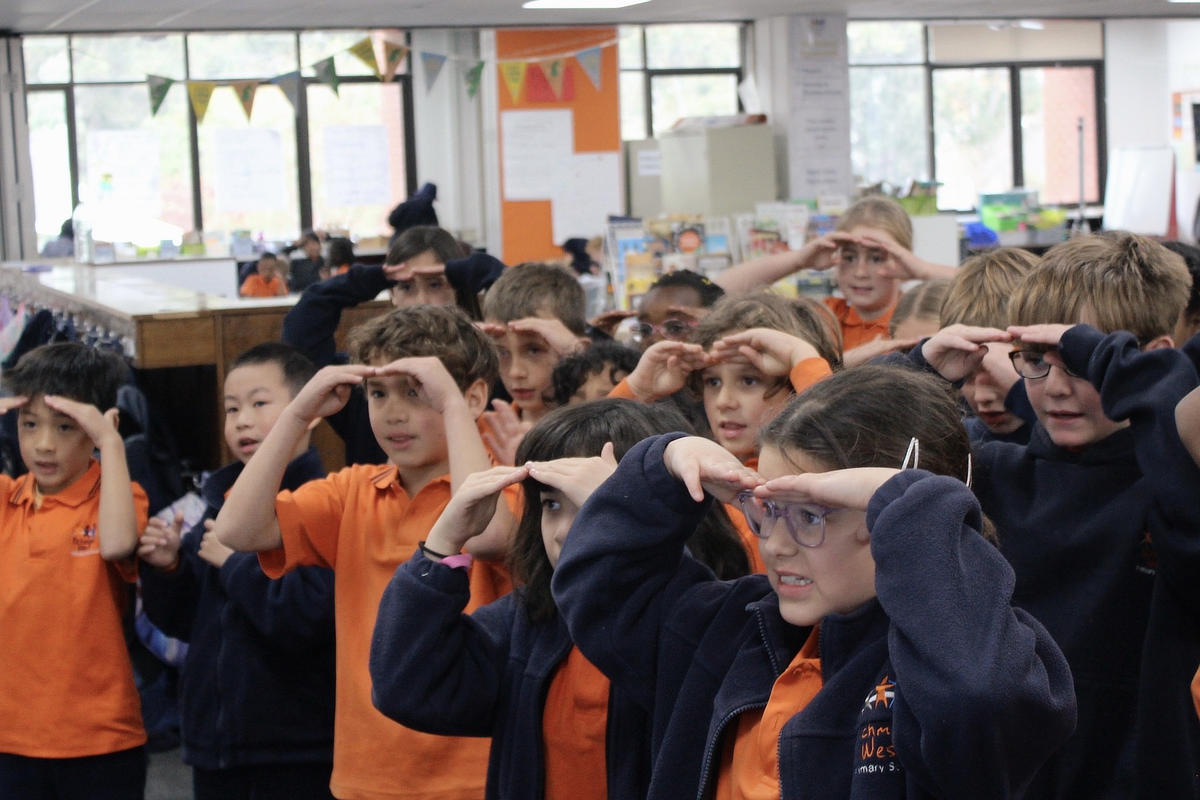
Listening & Speaking
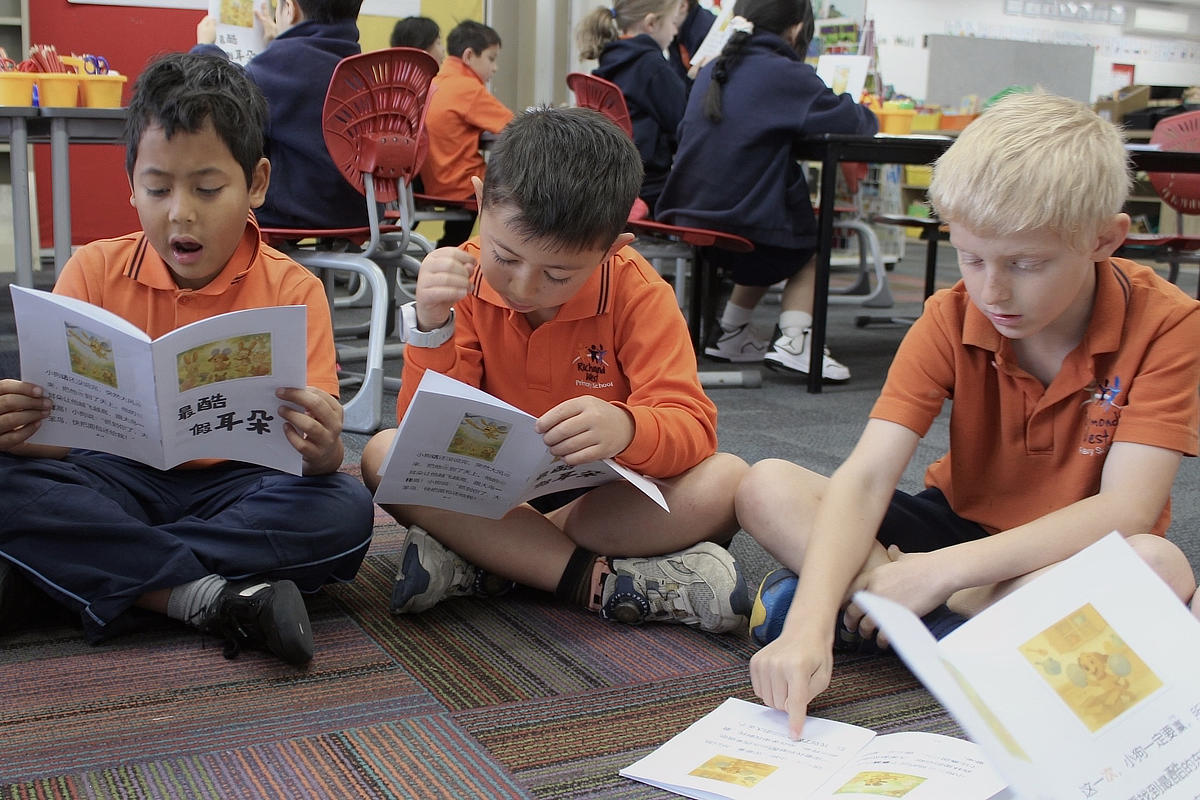
Reading Comprehension
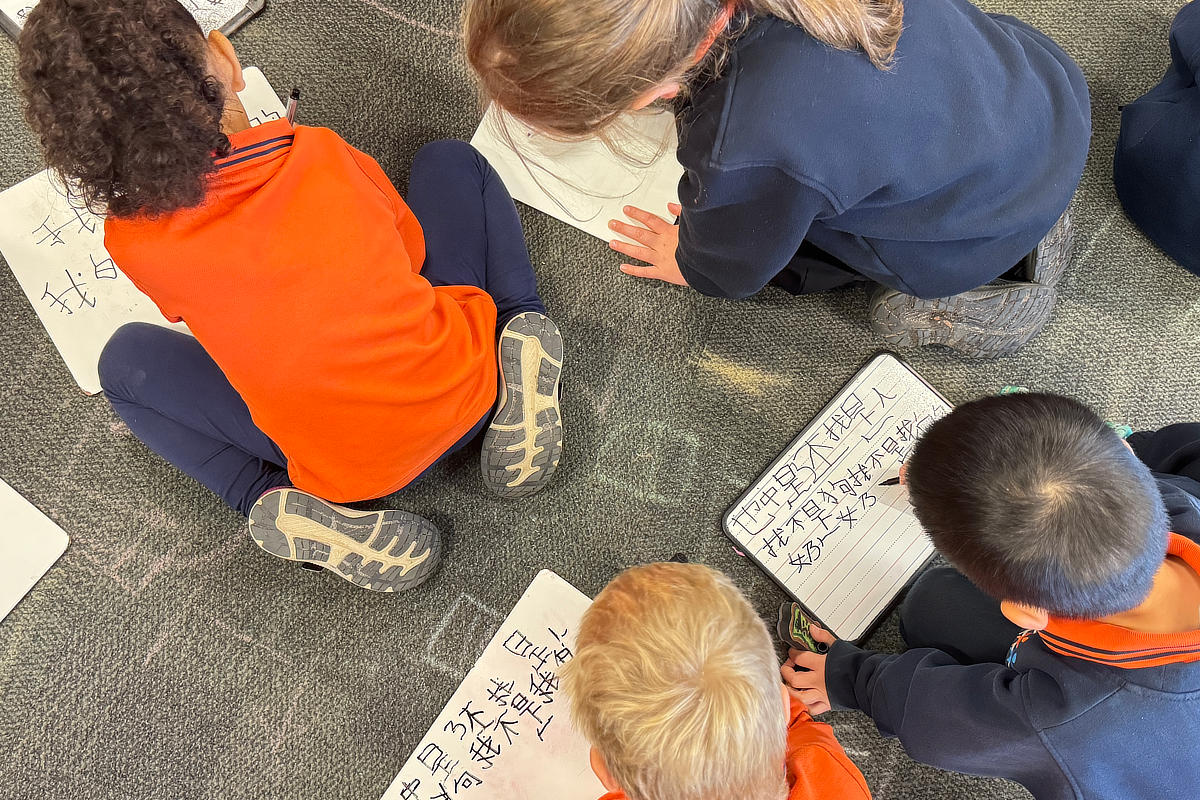
Chinese Characters & Pinyin
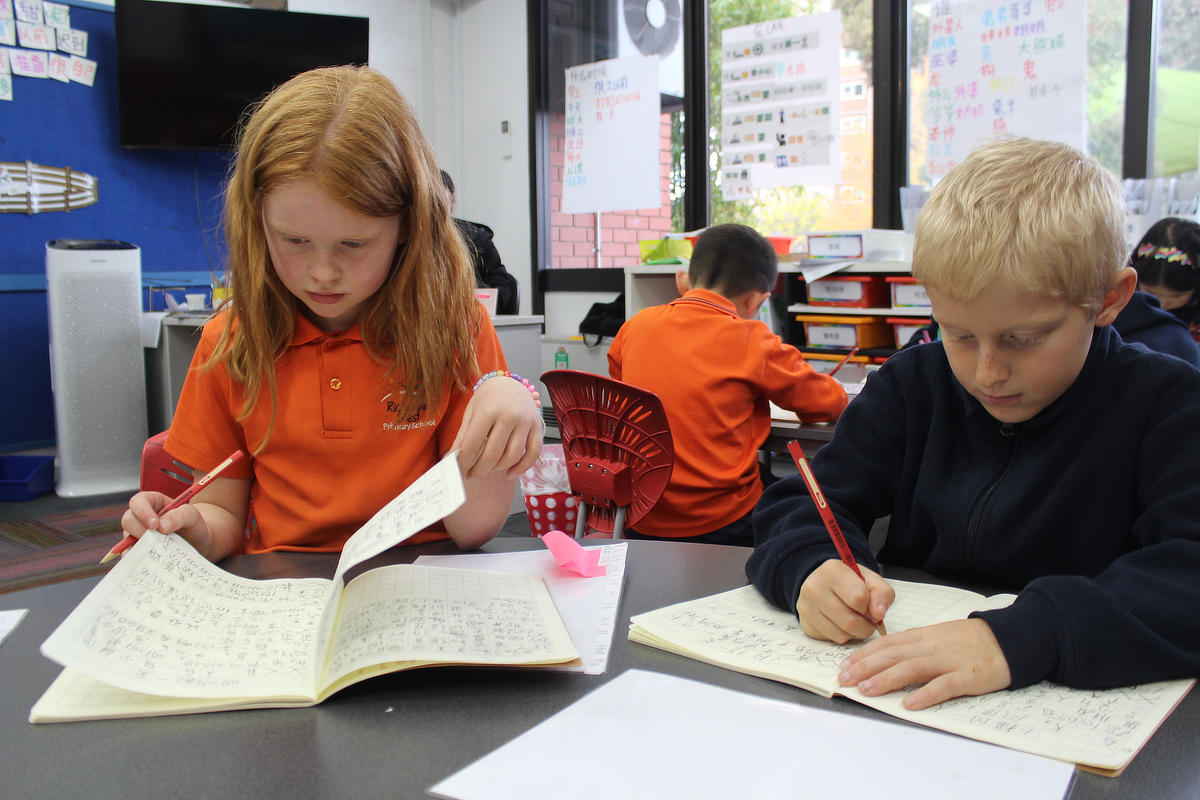
Writing
Overseas Study Tour
Every two years, RWPS organises a self-funded China trip for our Year 5/6 students, who visit our sister school in Nanjing. Students and their parents are invited to join this enriching experience. During the week in China, students participate in classroom activities alongside their Chinese peers and visit famous cities and iconic landmarks near Nanjing.
We see immense value in this trip, as it allows students to apply what they have learned in the most authentic environment. It stands as a powerful testament to their language development and cultural understanding.
Our next trip to China will take place in 2025, with the following one planned for 2027.
